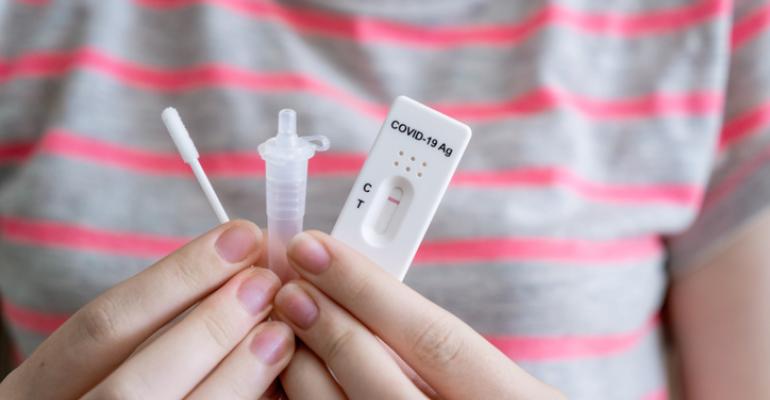Reported cases of Covid-19 in the U.S. on April 24 were 46,925, a 14-day change of plus 51 percent, according to the New York Times. But while planners ponder the right approach to keeping attendees, exhibitors, sponsors, and vendors safe from Covid during in-person gatherings—thus keeping their vulnerable family members at home safe as well—one doctor has addressed the issue with an approach that seems hard to argue with.
When it comes to event hosts leaving the choice of testing and masking up to the “individual risk tolerance” for each participant, Dr. Jeremy Faust, an instructor in emergency medicine at Brigham and Women’s Hospital in Boston, says in this Inside Medicine article that it would only work “if anyone had a reasonable idea of what their risks truly are. Unfortunately, they do not.”
He then compares two recent large events—the U.S. State of the Union Address held in early March and the Gridiron Dinner in Washington, D.C., in early April—to show why testing participants for Covid on each day of an event can greatly reduce the possibility of virus transmission.
Both events were attended by more than 650 people, including members of Congress, the Biden Administration, and the media; essentially, it was the same business and social circle. However, the State of the Union Address required same-day testing of participants, while the Gridiron Dinner did not.
The result: Seven Covid cases among State of the Union participants in the 14 days after the event, while 53 participants of the Gridiron Dinner contracted Covid in the 14 days after the event.
Using real-world probability figures, Dr. Faust demonstrates in the article how the chances of having one contagious person at a similarly large event where same-day testing is used would be less than one percent. On the other hand, the chances of having one contagious person at an event without same-day testing would be about 35 percent.
His conclusion: “Right now, I would not attend a large indoor gathering without masks that did not have a testing requirement, because I have a four-year-old child who cannot yet be vaccinated. [But] same-day testing makes masking much less essential” for events.





